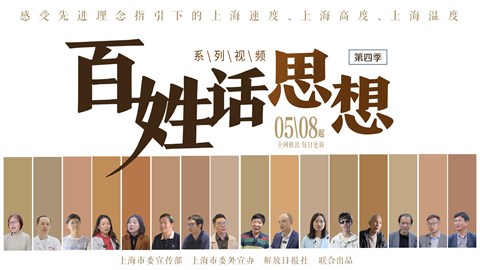China CDC updates mask guidelines for seasonal respiratory illness

People wear masks in Shanghai on November 30, 2023.
In response to the heightened prevalence of respiratory illnesses during the winter, the National Disease Control and Prevention Administration (CDC) released the latest guidelines for the public's use of masks on Saturday.
Mandatory mask-wearing scenarios
- Individuals infected with respiratory infectious diseases such as COVID-19, influenza, Mycoplasma pneumoniae, and respiratory syncytial virus, when entering indoor public spaces or coming into close contact with others (distance less than 1 meter).
- Individuals experiencing symptoms of respiratory infectious diseases, including fever, cough, runny nose, sore throat, muscle aches, fatigue, when entering indoor public spaces or having close contact with others.
- When visiting medical institutions for treatment, accompanying patients, or for caregiving and visiting purposes.
- During periods of high prevalence of respiratory infectious diseases, when people enter vulnerable locations such as nursing homes, social welfare institutions, and childcare facilities.
- During periods of high prevalence of respiratory infectious diseases, personnel in key institutions like nursing homes, social welfare institutions, childcare facilities, and schools.
Recommended mask-wearing scenarios
- During periods of high prevalence of respiratory infectious diseases, when using public transportation such as airplanes, trains, long-distance buses, ships, subways, and buses.
- During periods of high prevalence of respiratory infectious diseases, when entering enclosed and densely populated places like supermarkets, cinemas, passenger terminals, and enclosed elevators.
- During periods of high prevalence of respiratory infectious diseases, elderly individuals, individuals with chronic underlying conditions, and pregnant women, when entering indoor public spaces.
- During shared learning, living, or working periods with individuals showing symptoms of respiratory infectious diseases.
Scenarios where mask-wearing is not recommended
- During physical exercise.
- When in outdoor places such as open squares and parks.
- Children aged 3 and below.
Mask selection
Respiratory infectious disease patients or symptomatic individuals are advised to wear N95 or KN95 particle protective masks (without exhalation valves) or medical protective masks. Others are recommended to wear disposable medical masks or surgical masks.
Children are advised to use children's protective masks.
Other considerations
Individuals may choose whether to wear masks based on their health conditions and needs, ensuring timely replacement.
Patients with cardiopulmonary functional impairments should wear masks under the guidance of a doctor.
Local disease control departments should promptly release information on local respiratory infectious disease epidemics, reminding the public to wear masks scientifically.















